Frequently Asked Questions
1. What are the primary parts of a knife?
2. Why is it important to understand knife anatomy?
3. What types of blades are commonly found in pocket knives?
4. How should I maintain my pocket knife?
5. What materials are common for knife handles?
When it comes to culinary or utility tasks, having the right tool can make all the difference. One essential tool in every kitchen, workshop, or outdoor adventure is a knife. Understanding the anatomy of a knife, especially pocket knives, is crucial for anyone looking to enhance their skills. In this article, we will break down the various parts of a knife, their functions, and why each component is integral to the knife's overall performance.
The Importance of Knowing Knife Anatomy
Understanding the anatomy of a knife not only allows you to appreciate the craftsmanship behind it but also aids in choosing the right knife for your specific needs. Whether you are slicing vegetables, preparing game, or embarking on an outdoor adventure, knowing how each part functions can enhance your efficiency and safety. The general components of pocket knives, in particular, have unique designs that cater to versatility and portability.
Primary Parts of a Knife
While there are numerous types of knives, most share several common parts. Below, we’ll outline the key components found in pocket knives and their respective functions.
Blade
The blade is, without a doubt, the most critical part of a knife. It is the cutting edge that comes in various shapes and sizes, designed to serve various functions. In the world of pocket knives, blades may be straight, serrated, or a combination of both.
- Edge: The sharp part of the blade that performs the actual cutting.
- Spine: The top, unsharpened part of the blade that provides strength and stability.
- Tip: The front part of the blade that is often used for piercing.
- Heel: The rear part of the blade used for cutting tasks where force is necessary.
Handle
The handle of a pocket knife is the part you hold, and it plays a crucial role in ergonomics and comfort. The choice of material affects grip, durability, and aesthetics. Common materials for handles include:
- Wood: Traditional and aesthetically pleasing but may require more maintenance.
- Plastic: Light, durable, and often textured for better grip.
- Metal: Provides stability and strength, usually seen in more robust pocket knives.
Bolster
While not present in all knives, the bolster is a thick junction between the blade and the handle. It serves multiple purposes:
- Provides balance and adds strength to the knife.
- Acts as a finger guard to enhance user safety.
Tang
The tang of a knife refers to the portion of the blade that extends into the handle. A full tang, where the blade runs the entire length of the handle, is often preferred for balance and durability, especially in pocket knives designed for heavy use.
Understanding Different Types of Blades
Different types of blades serve different purposes, catering to the vast array of tasks a knife may be required to perform. In the pocket knife category, you will find various blade styles:
Drop Point Blade
A drop point blade features a convex curve on the spine, lending itself to versatility and control. It’s favored in both utility and culinary contexts, making it perfect for slicing fruits, opening packages, or precision cuts.
Clip Point Blade
A clip point blade has a concave curve on the spine, which creates a sharper tip. This design is ideal for piercing tasks, such as starting a cut through tough material or skinning game, making it popular among outdoor enthusiasts.
Serrated Blade
A serrated blade, featuring a saw-like edge, excels at cutting through tough, fibrous materials. It’s perfect for tasks like slicing bread or cutting rope, showcasing the adaptability of pocket knives.
Sheepsfoot Blade
Having a flat cutting edge and a rounded tip, the sheepsfoot blade is excellent for tasks that require precision without piercing. It’s especially useful in certain culinary applications, such as chopping herbs or vegetables, making it an essential part of many pocket knives.
Knife Maintenance and Care
To ensure longevity and seamless operation, your pocket knives require regular care and maintenance. Here are some tips for keeping your knives in prime condition:
Cleaning your Knife
Always clean your knife after use. Depending on the knife material, the method may vary:
- For stainless steel blades, hand washing with mild soap and drying immediately is usually sufficient.
- Wood handles can benefit from food-safe mineral oil to protect against moisture.
Sharpening the Blade
A sharp knife is a safe knife. Regular sharpening is essential to maintain the blade's performance. Consider investing in a quality sharpening stone or a professional sharpening service to keep your pocket knives performing at their best.
Storage Solutions
Proper storage is crucial to maintaining the integrity and sharpness of your knife. Invest in a knife roll or magnetic strip to keep your knives organized and avoid unnecessary dulling.
Why Understanding Knife Anatomy Matters
Let’s recap why grasping the anatomy of a knife, particularly pocket knives, is essential:
- Enhanced Functionality: Knowing the different parts allows for better performance during tasks.
- Improved Safety: Understanding how to handle different styles contributes to safer usage.
- Informed Choices: Knowing knife anatomy helps you choose the right knife for your needs, whether it's for culinary work or outdoor activities.
The Final Slice
With a deeper understanding of the anatomy of a knife and its various components, you're now equipped to make informed decisions when selecting and using your pocket knives. Remember that care and maintenance are just as important as understanding its features. By appreciating the craftsmanship behind each knife, you elevate your skills and safety while utilizing one of the most fundamental tools in your toolkit.
Now, step confidently into your culinary adventures or outdoor excursions, sharpen your skills with the right pocket knives, and feel empowered by this essential knowledge!
Check out another user's Shopify or Wix store by clicking this store link. Note that this is a promotional link, and we assume no liability for the content of the linked store.


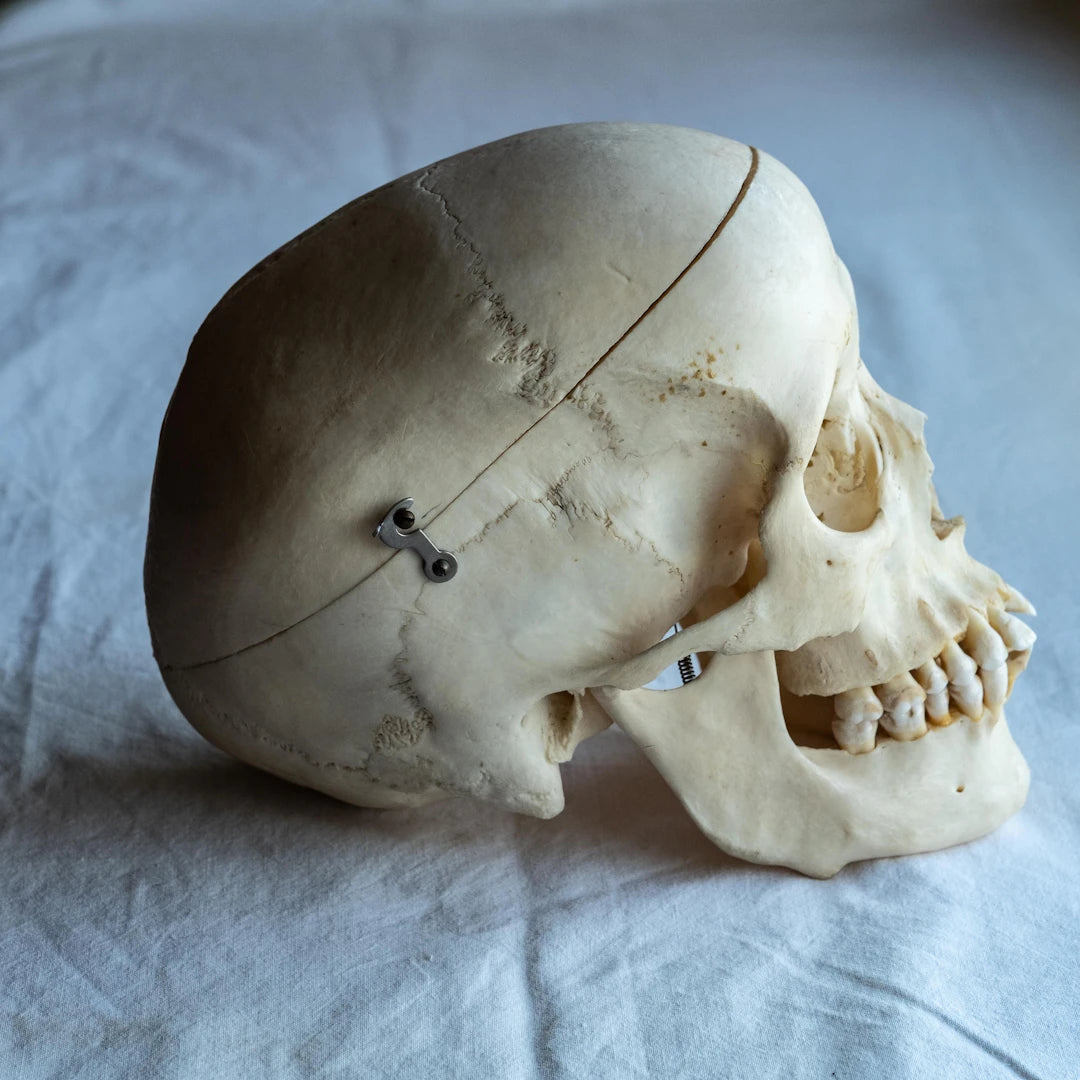



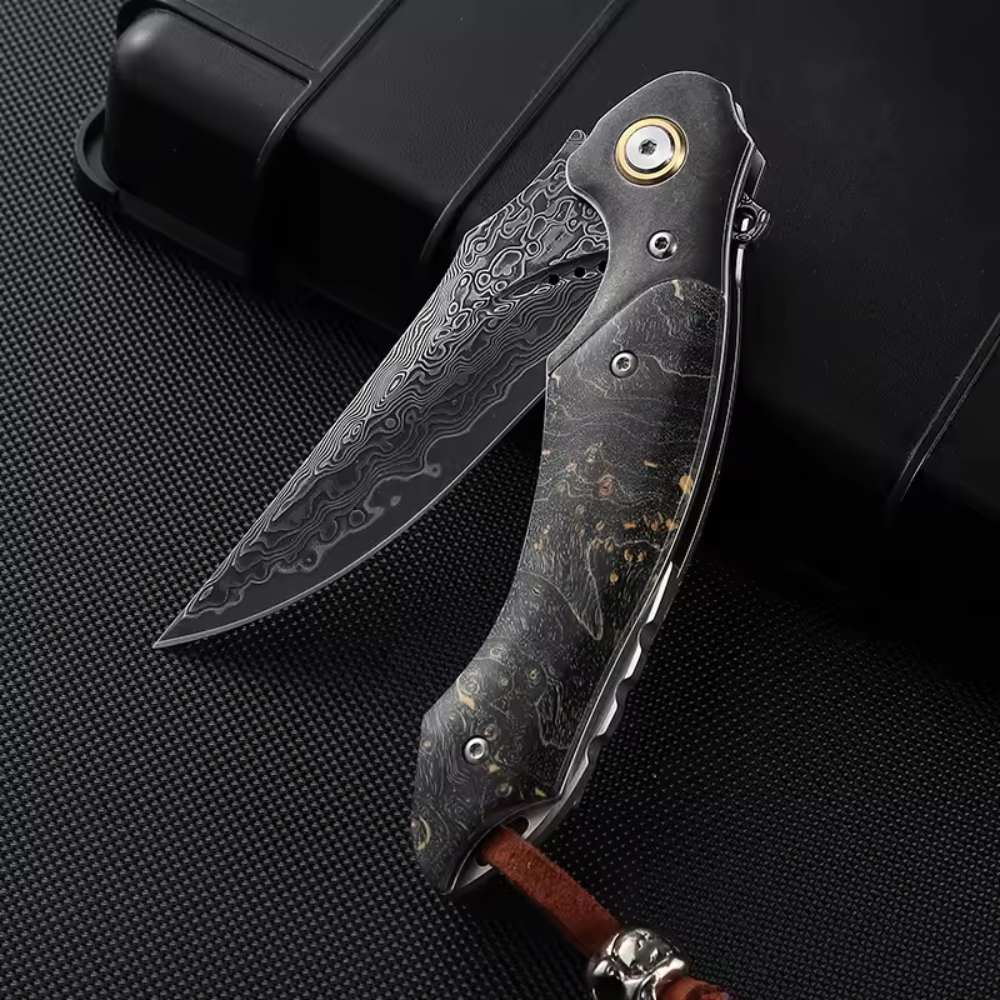
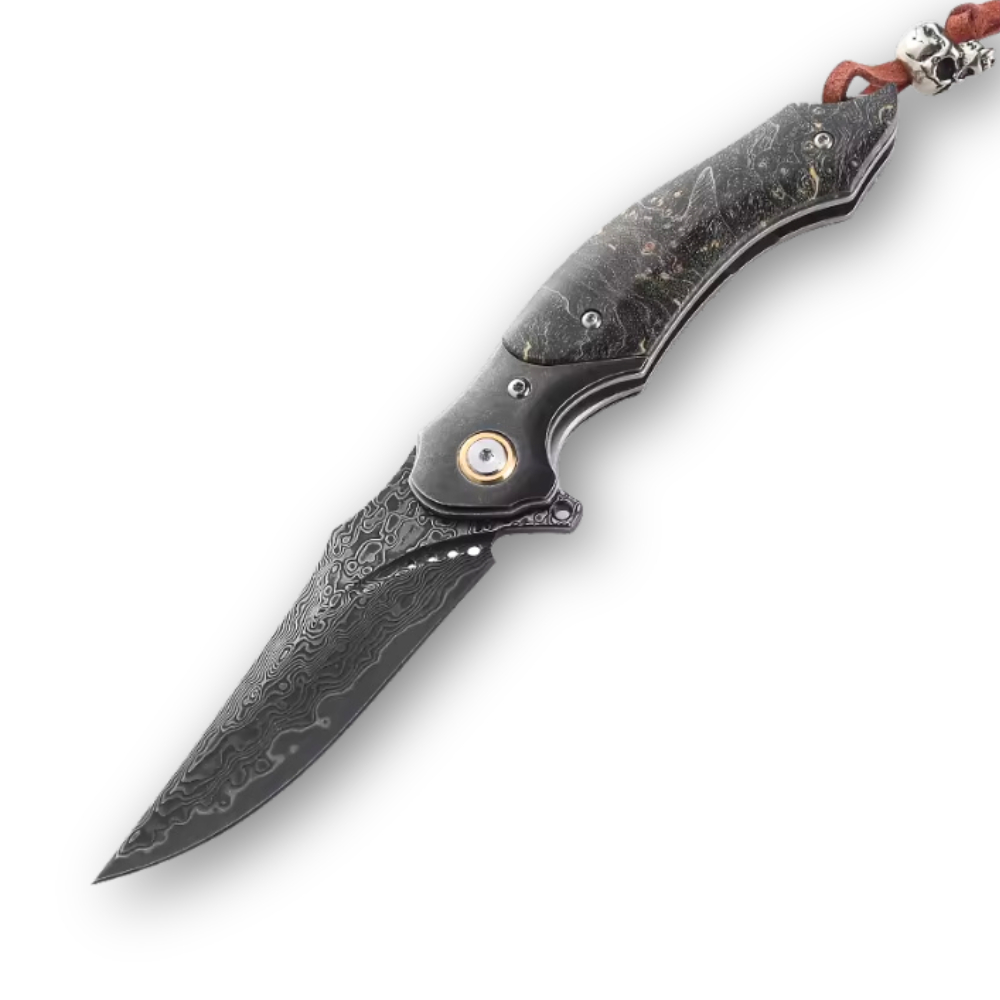
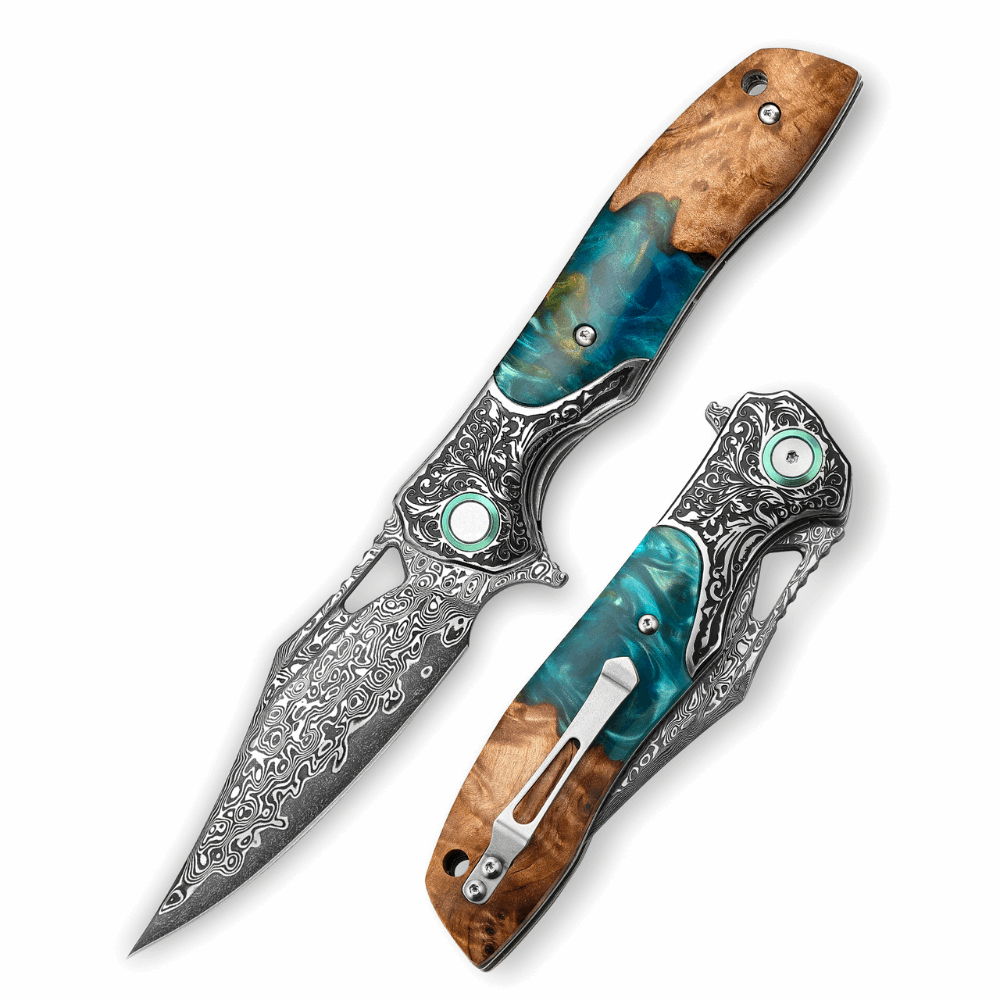
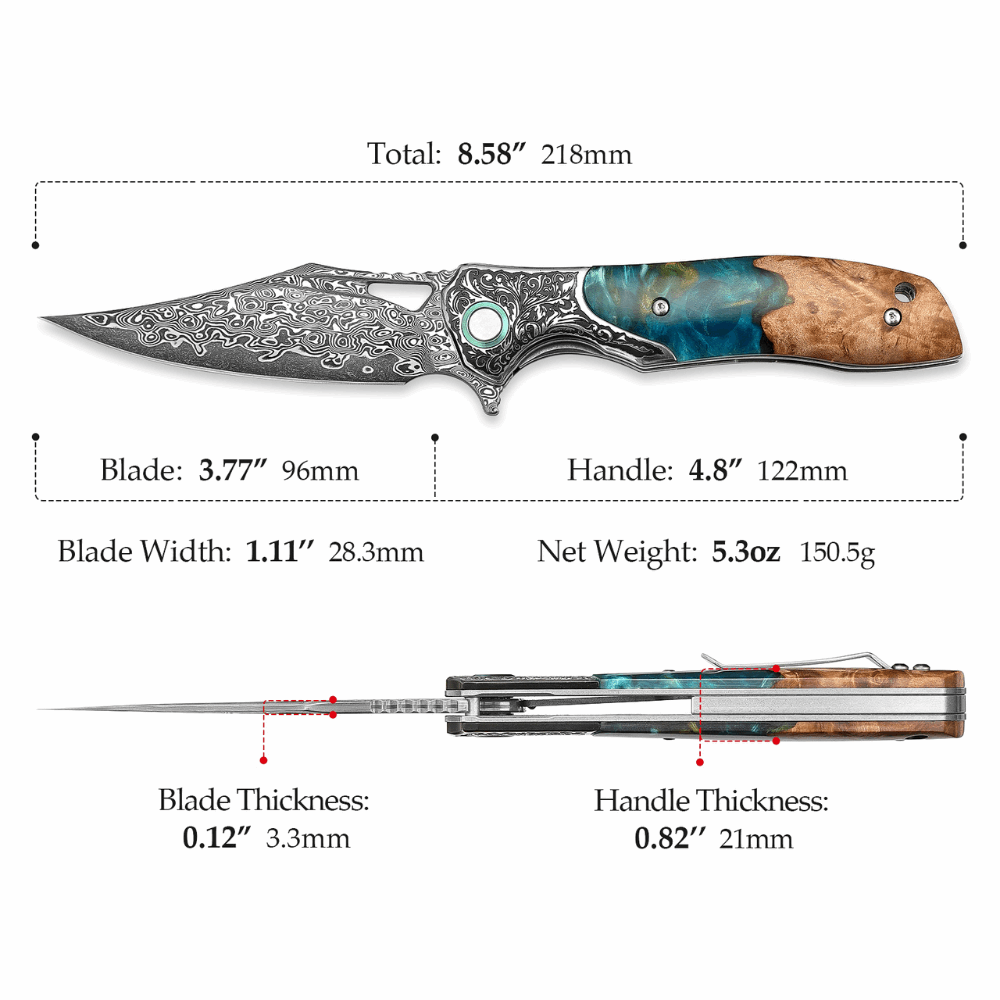
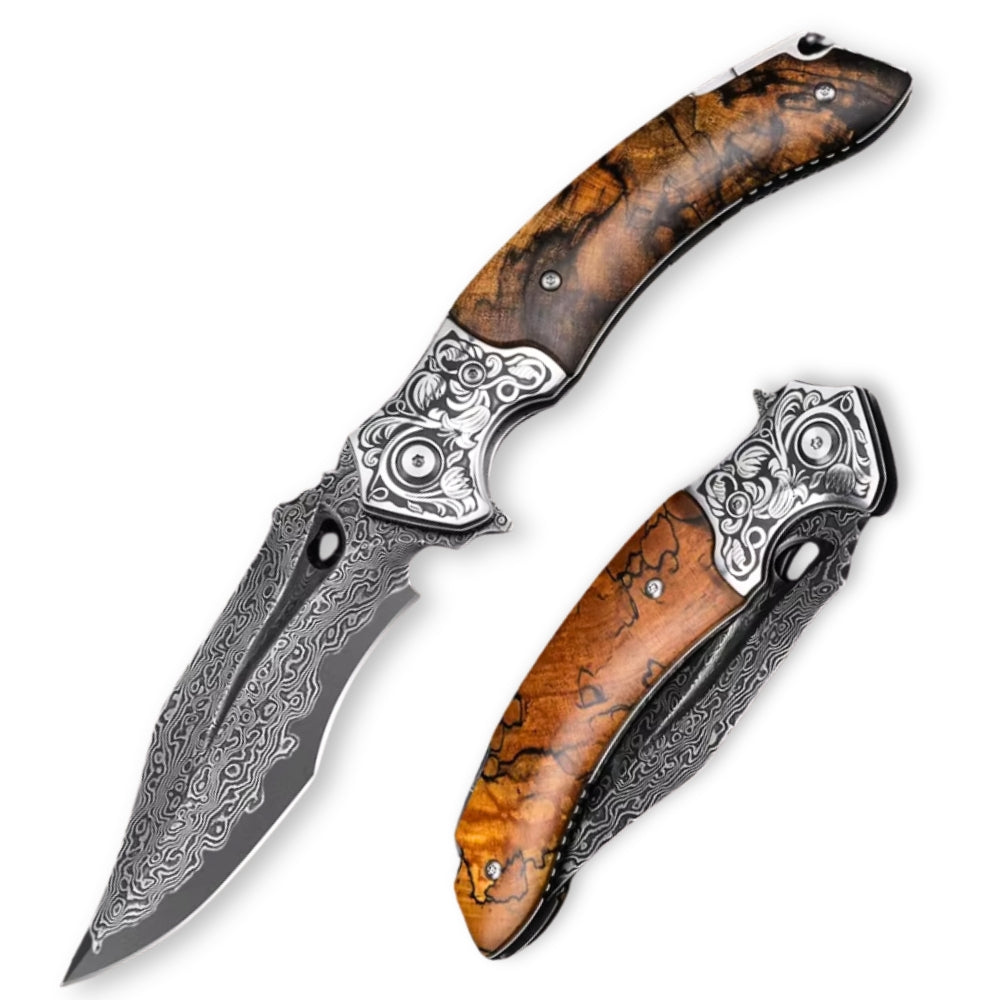
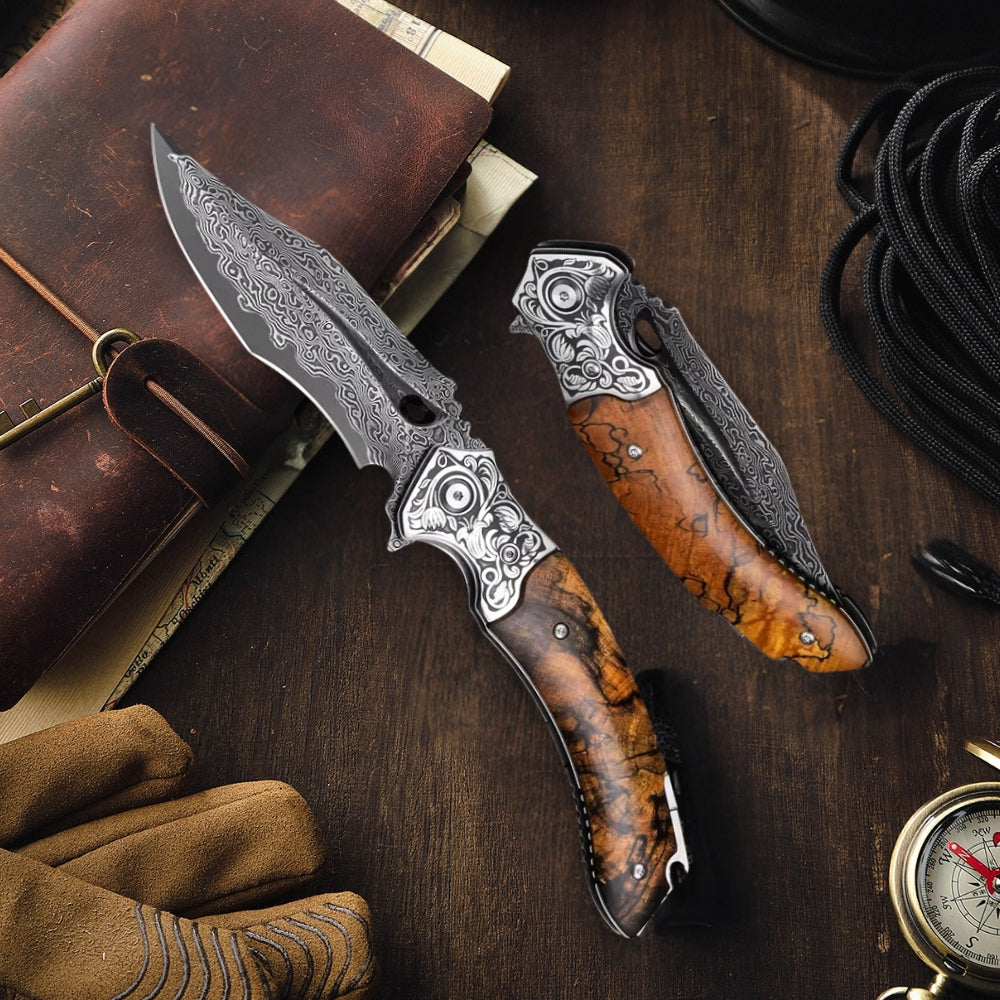
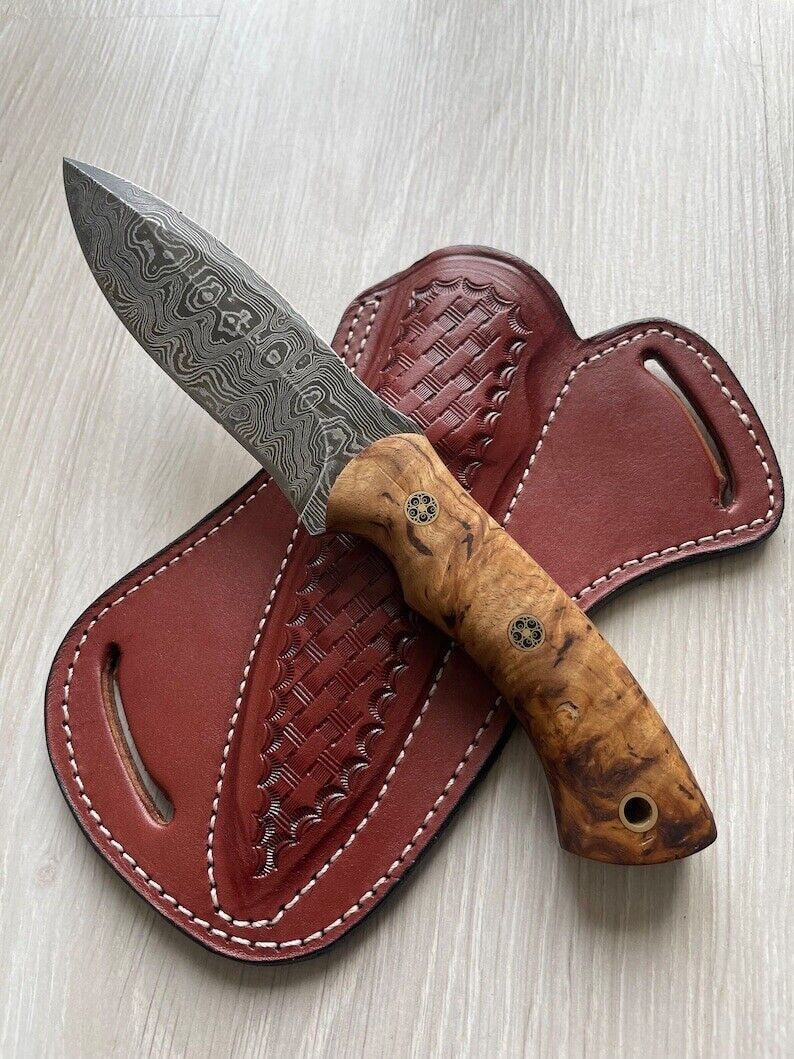
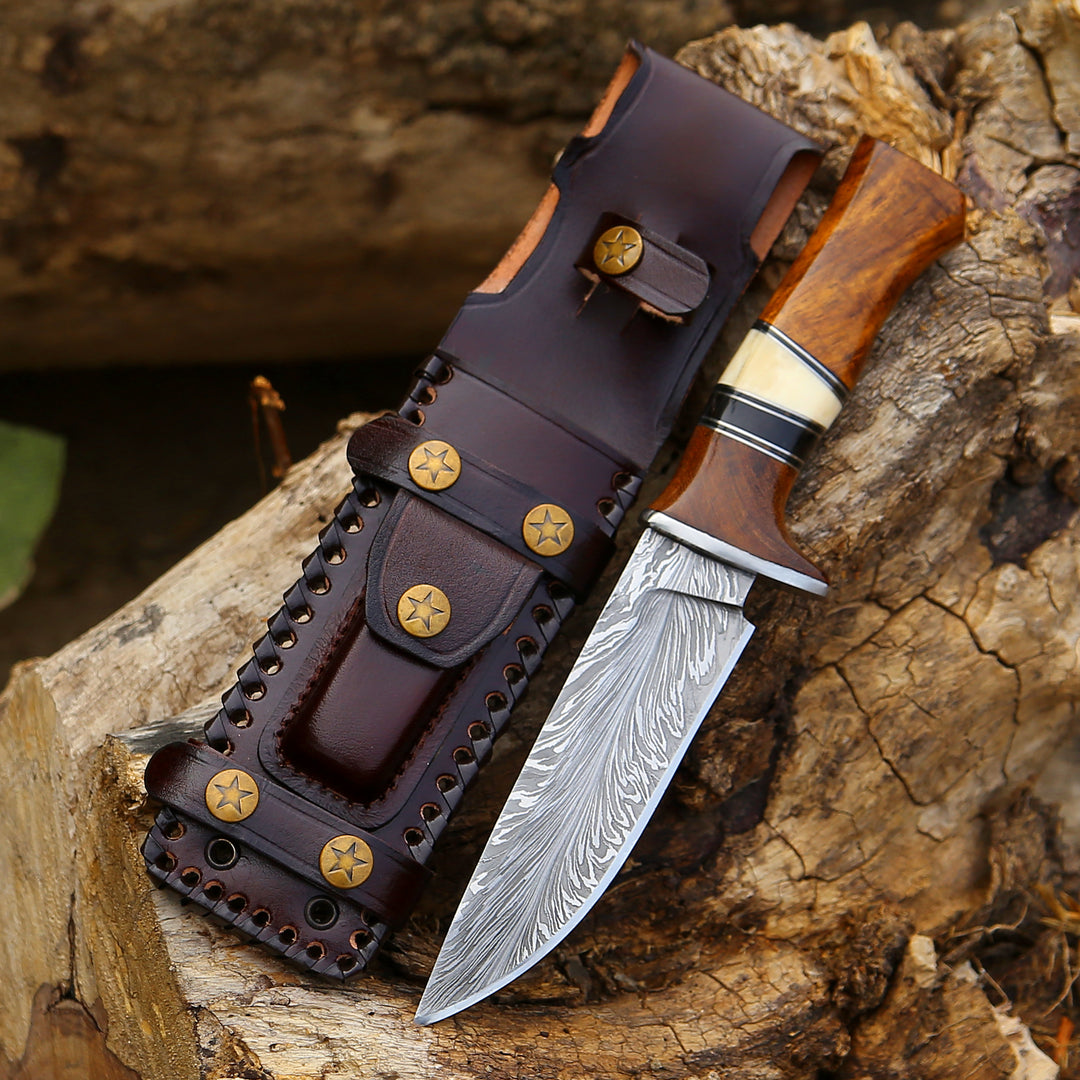
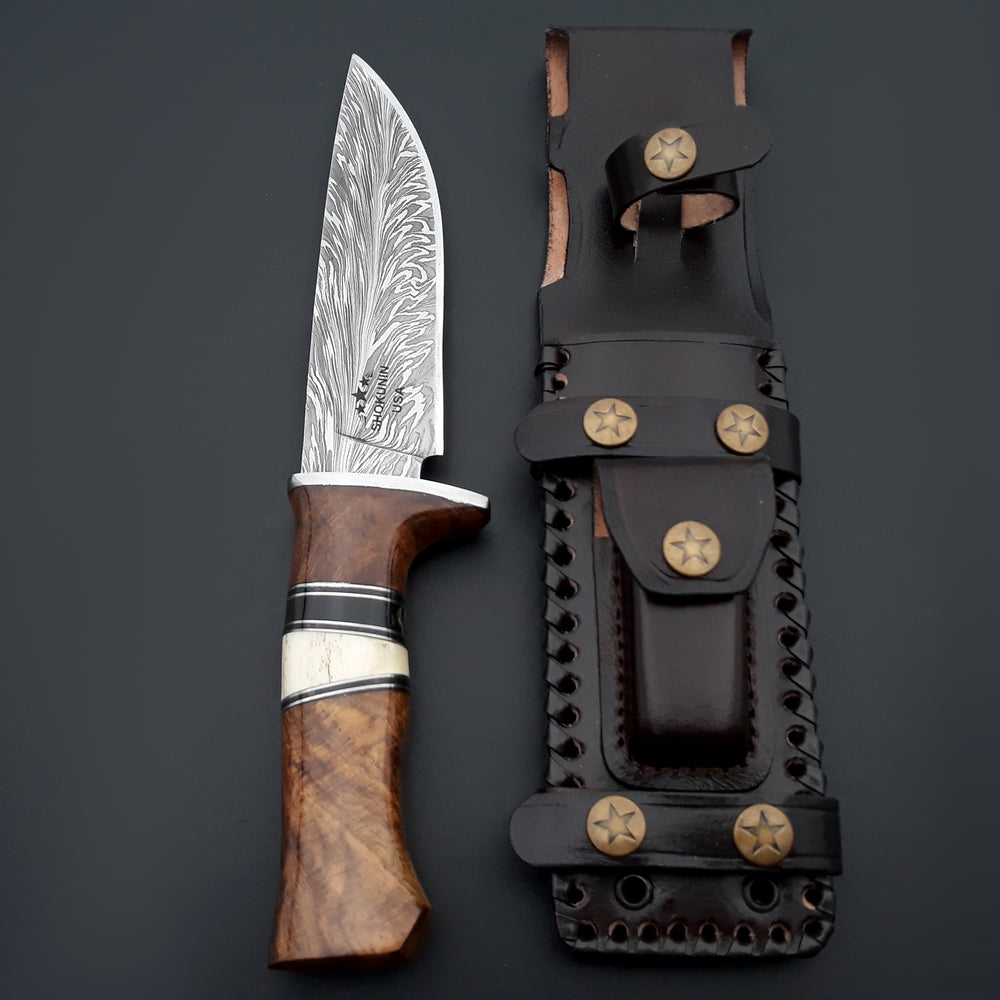
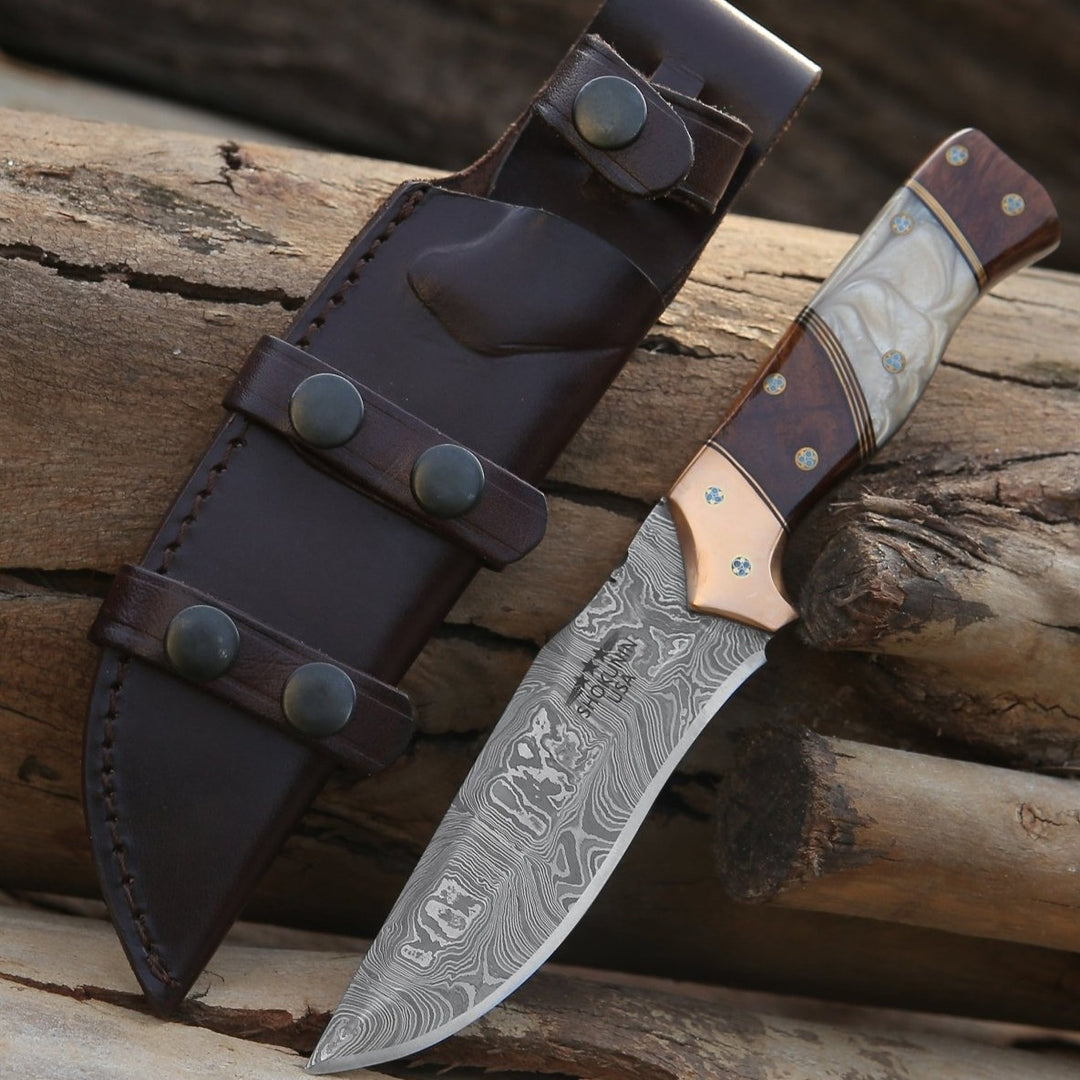
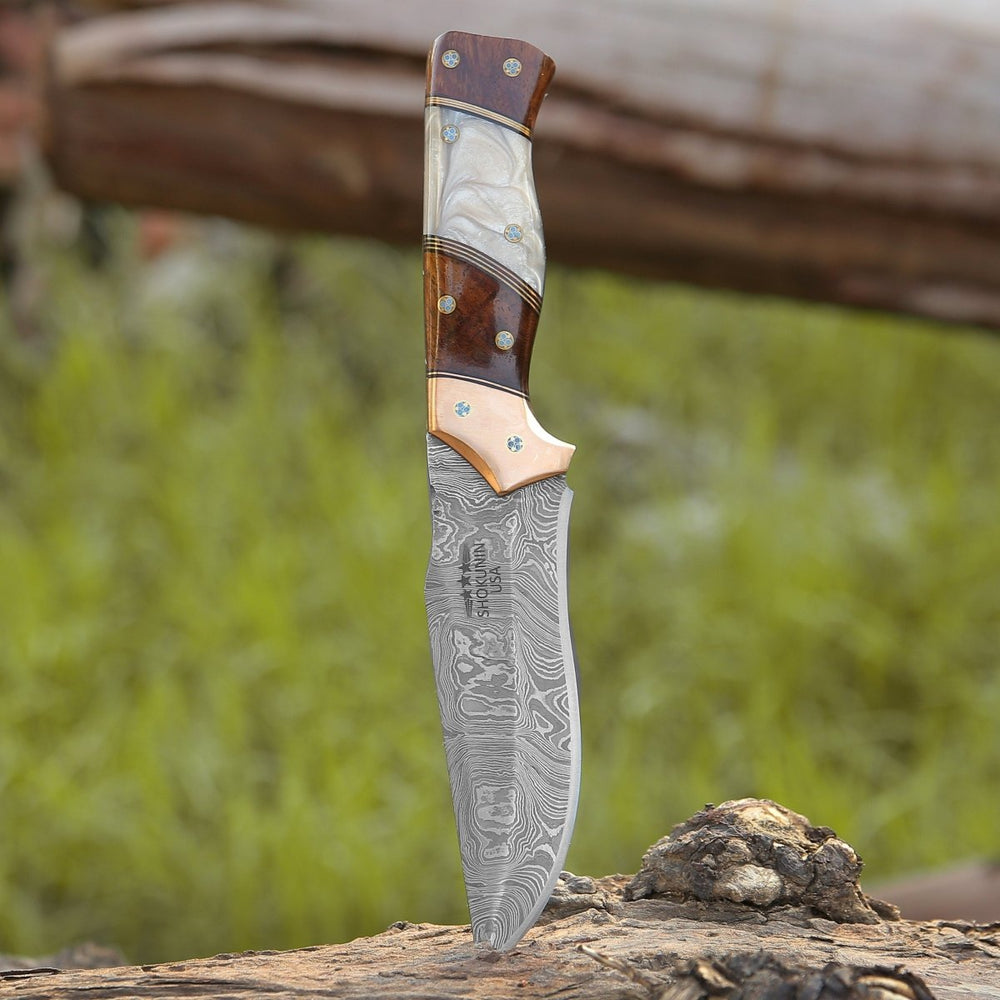
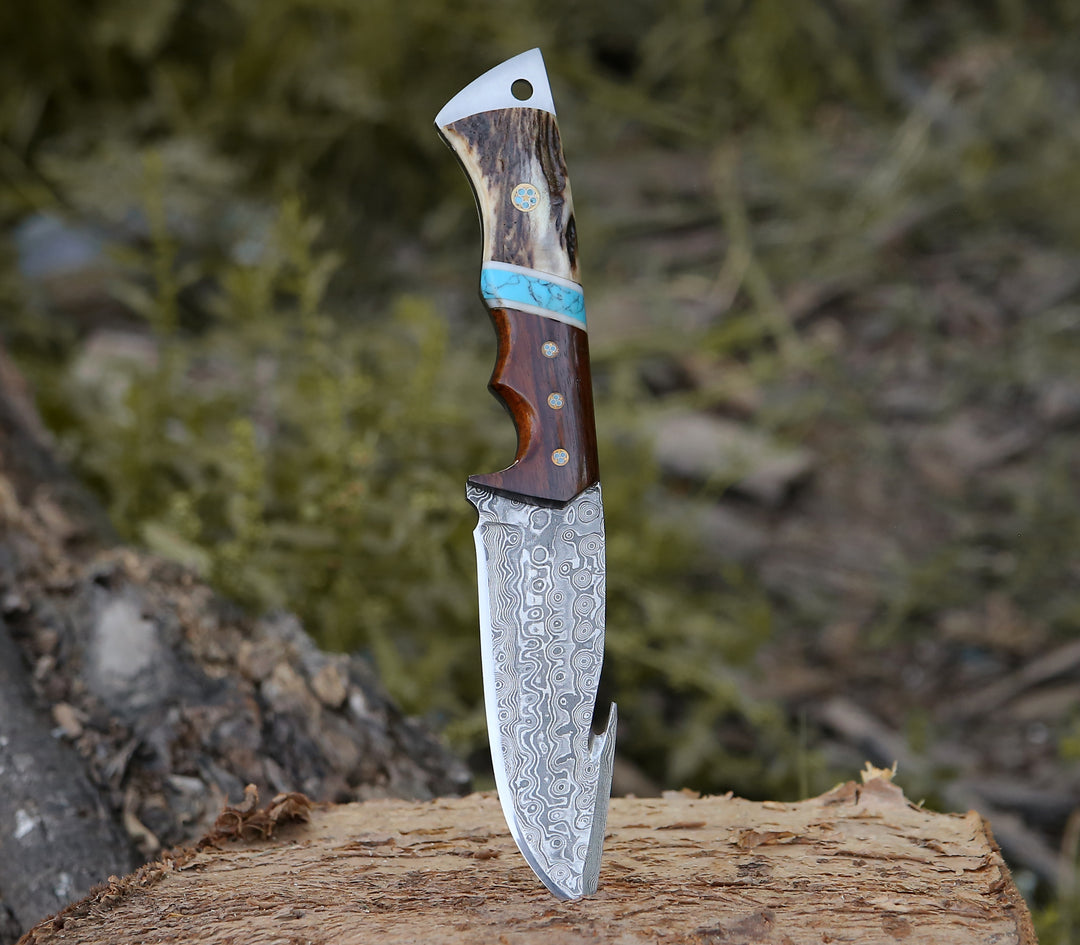
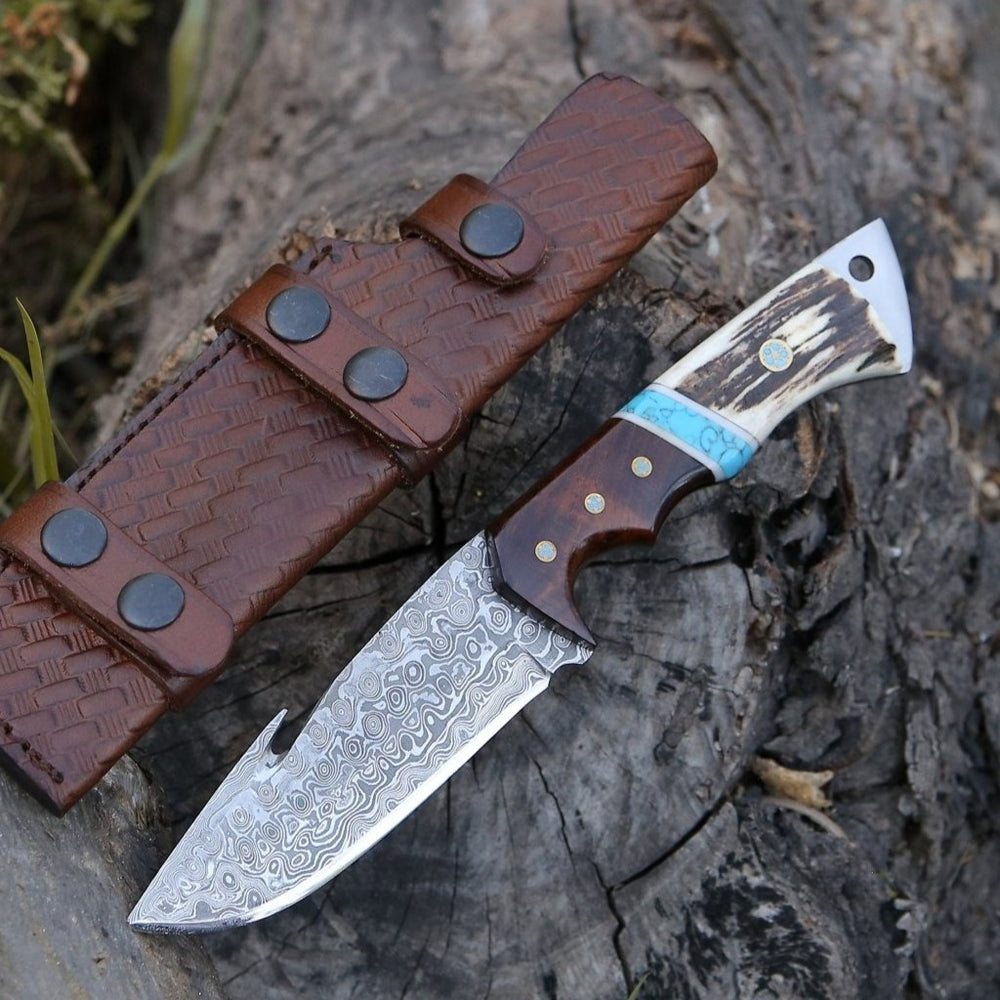
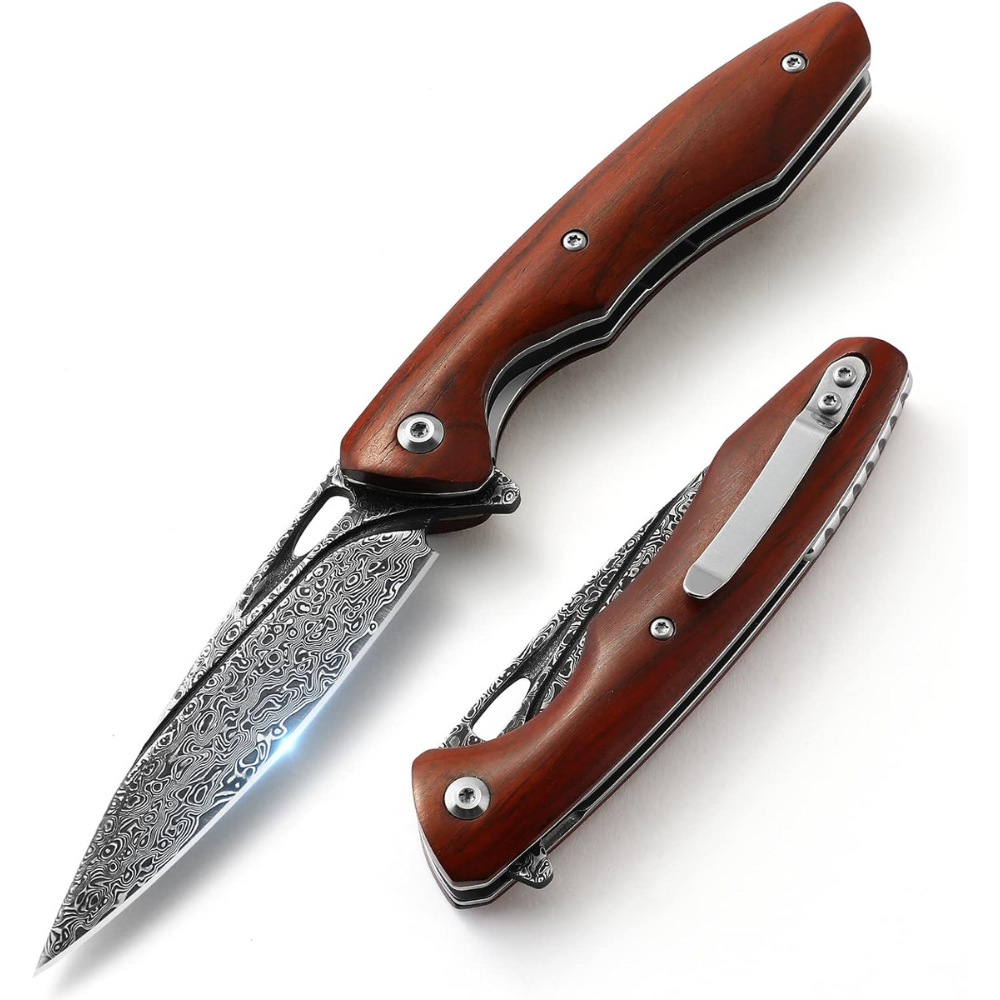
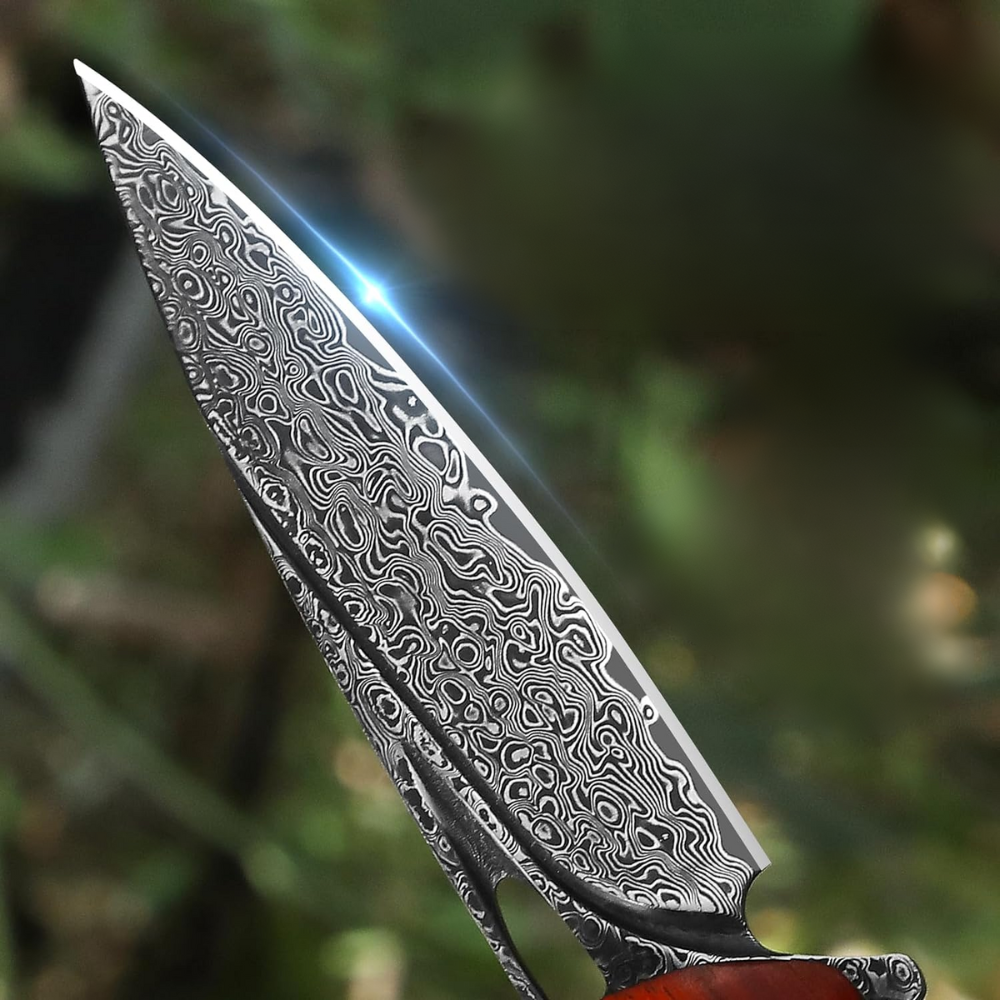
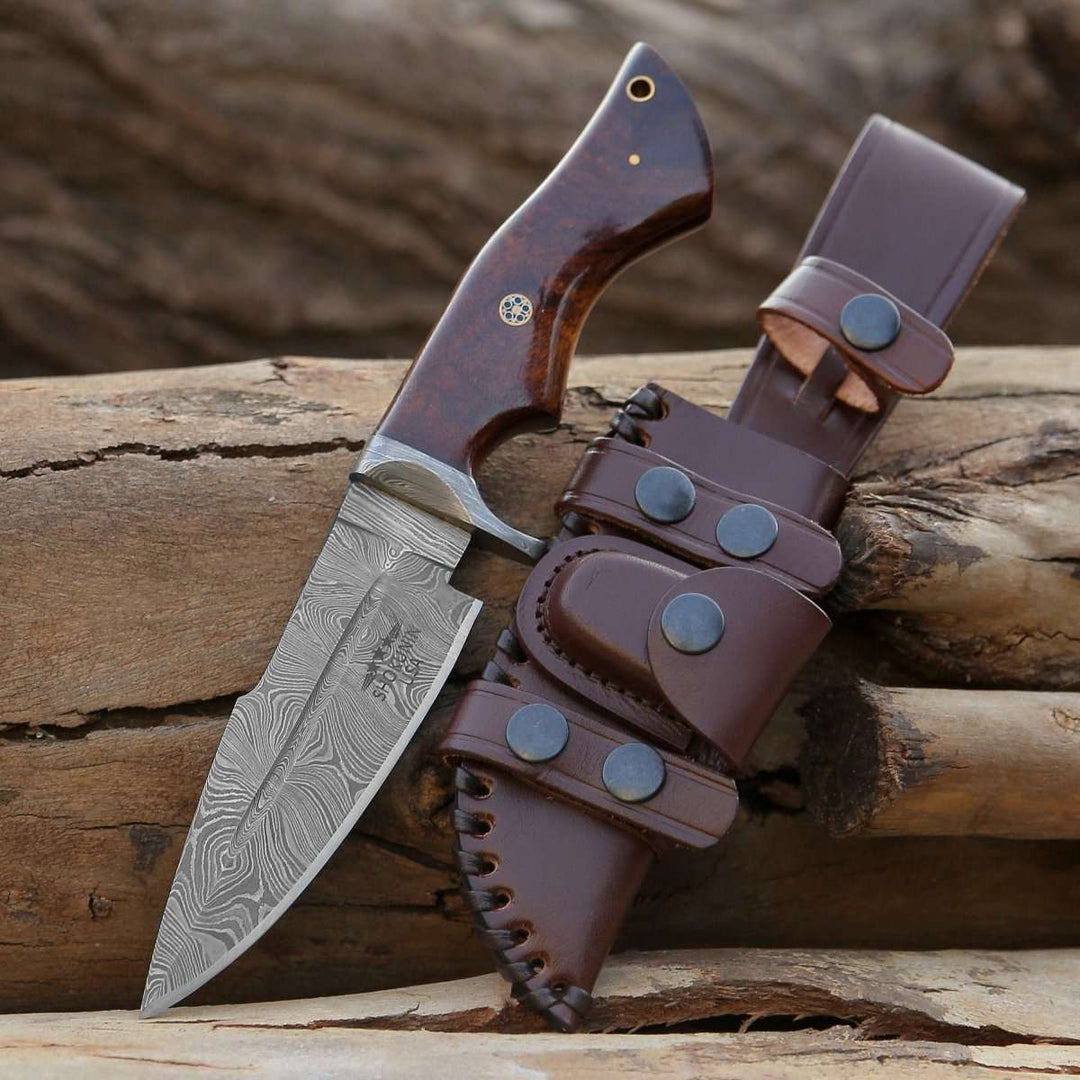
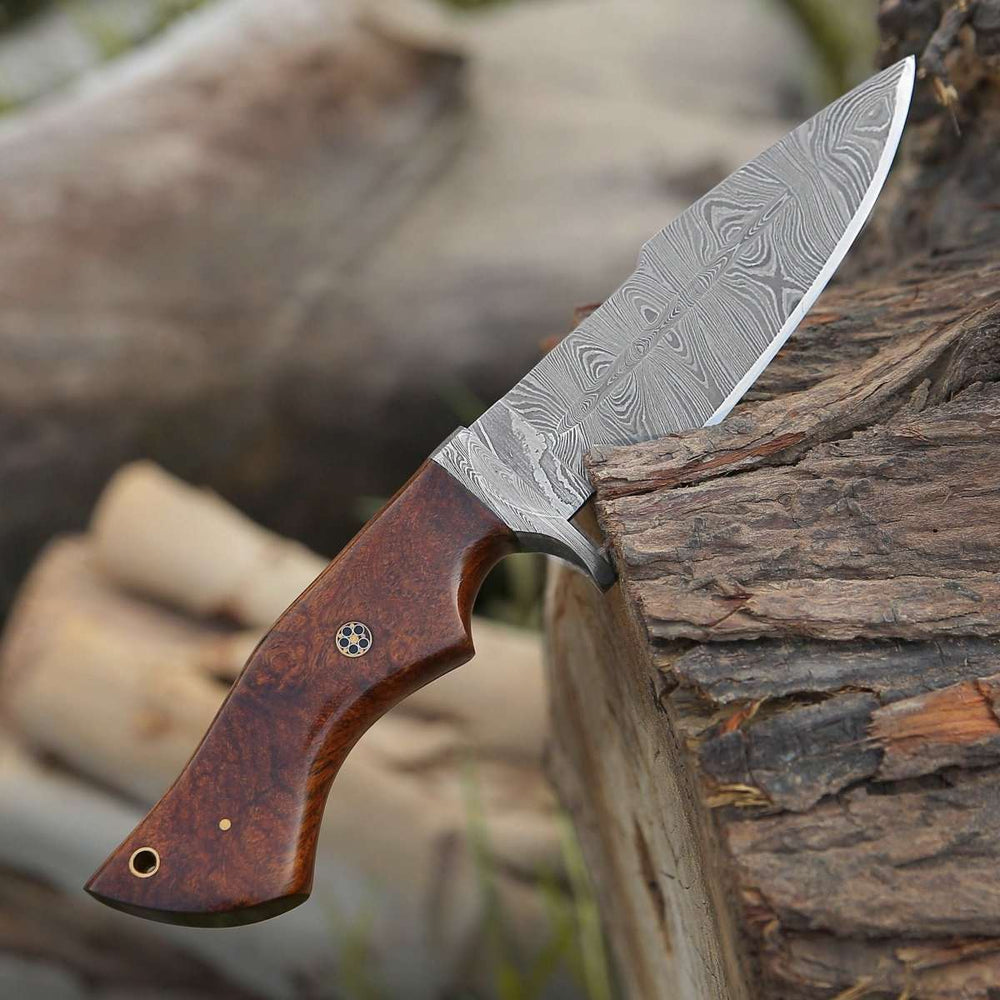
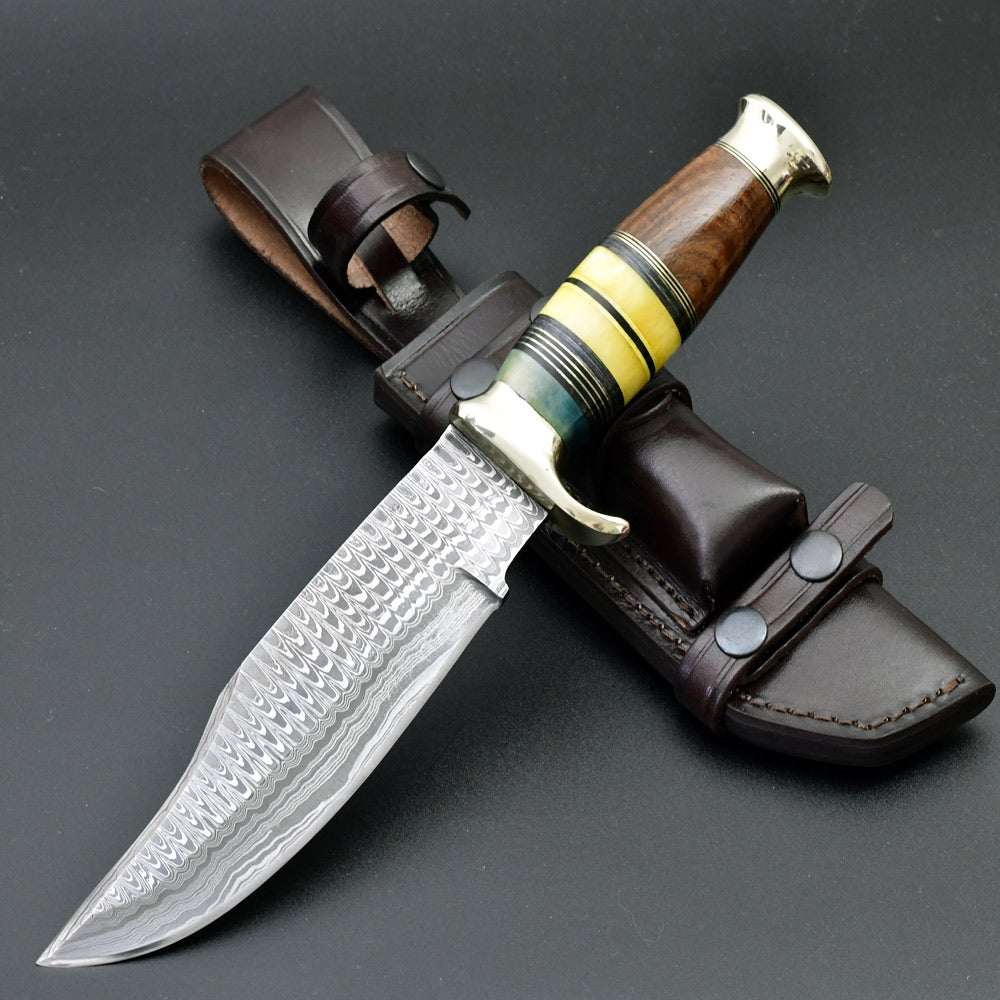
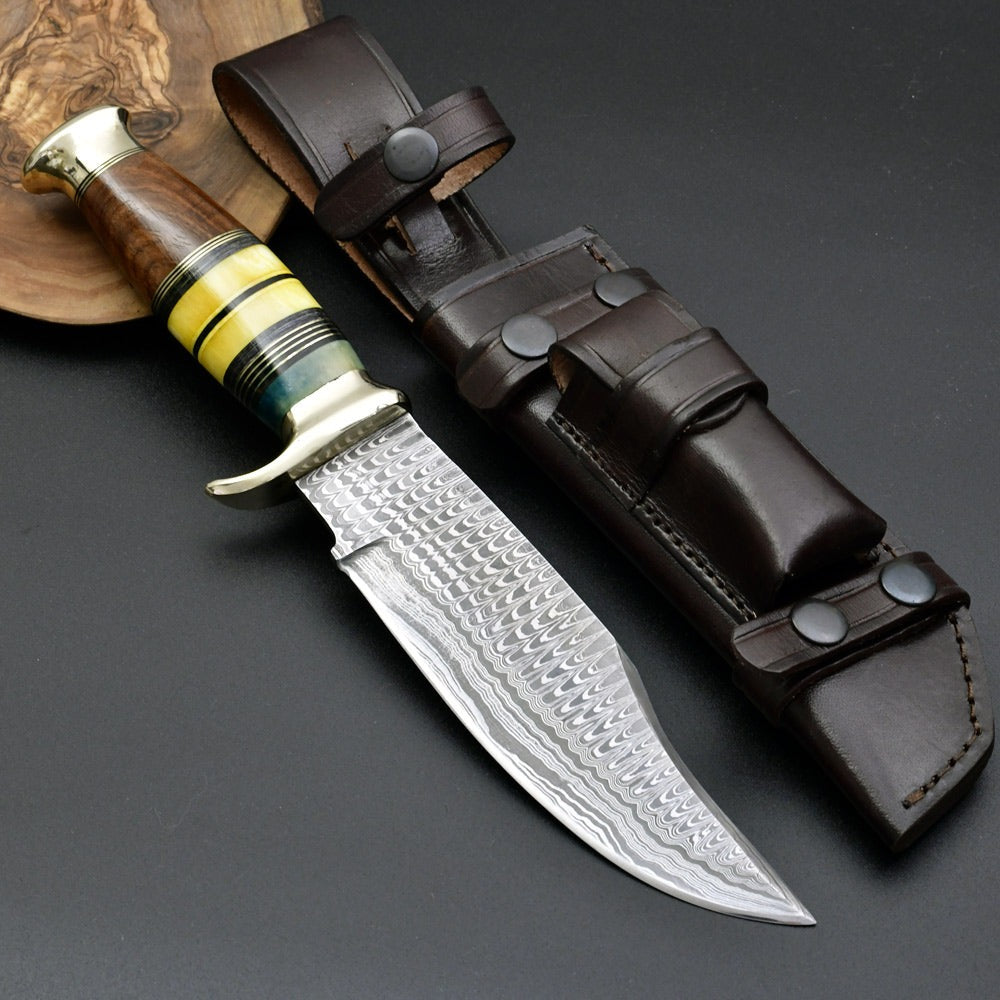
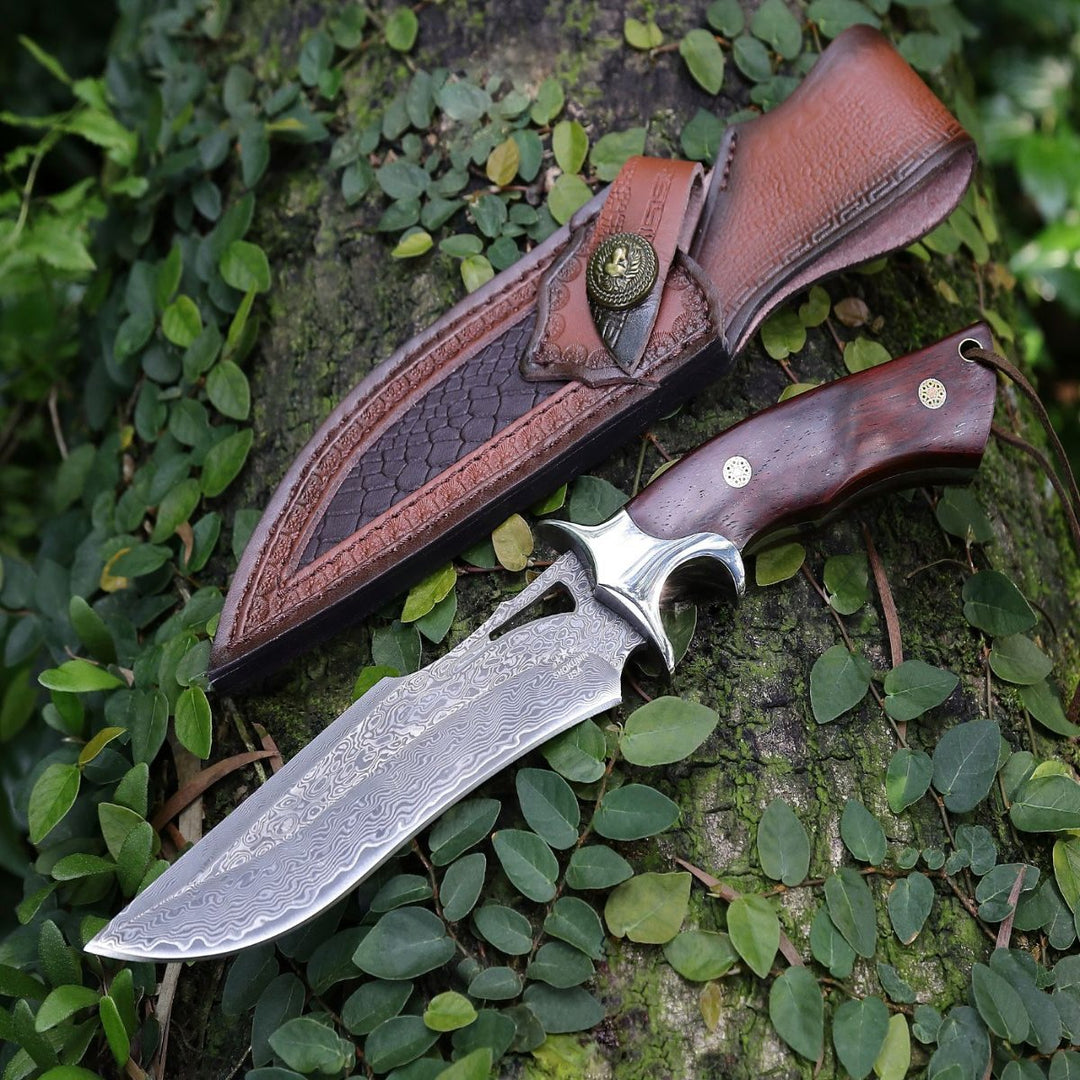
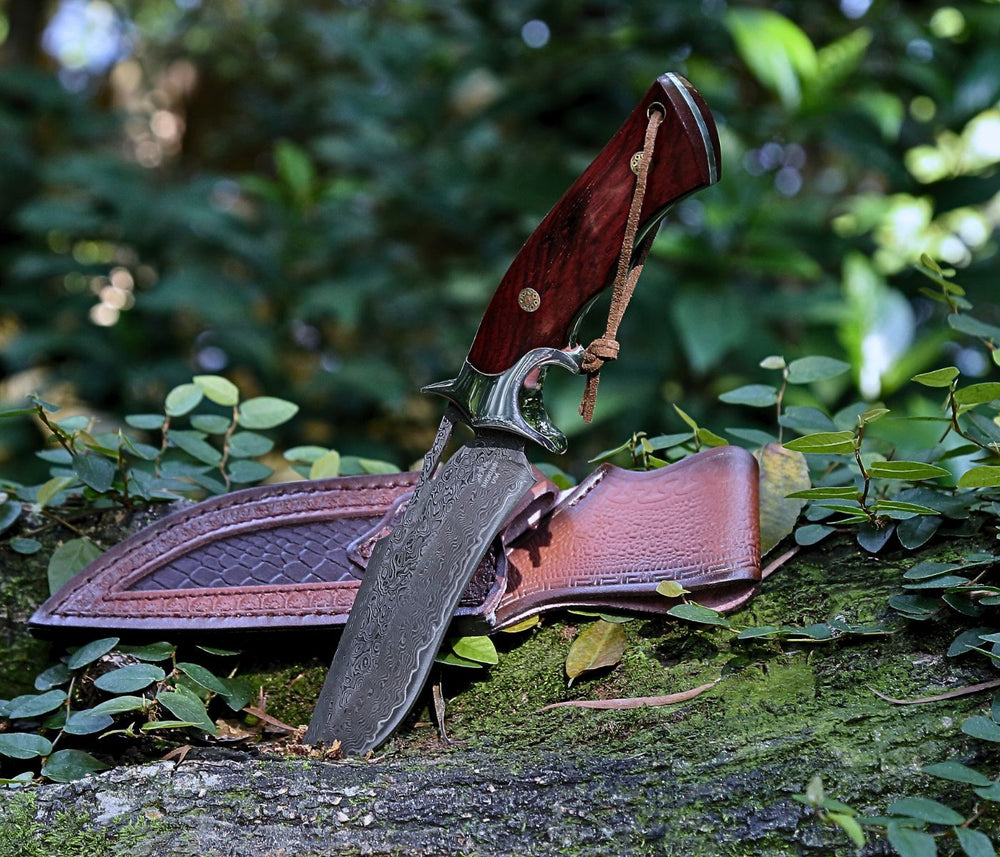
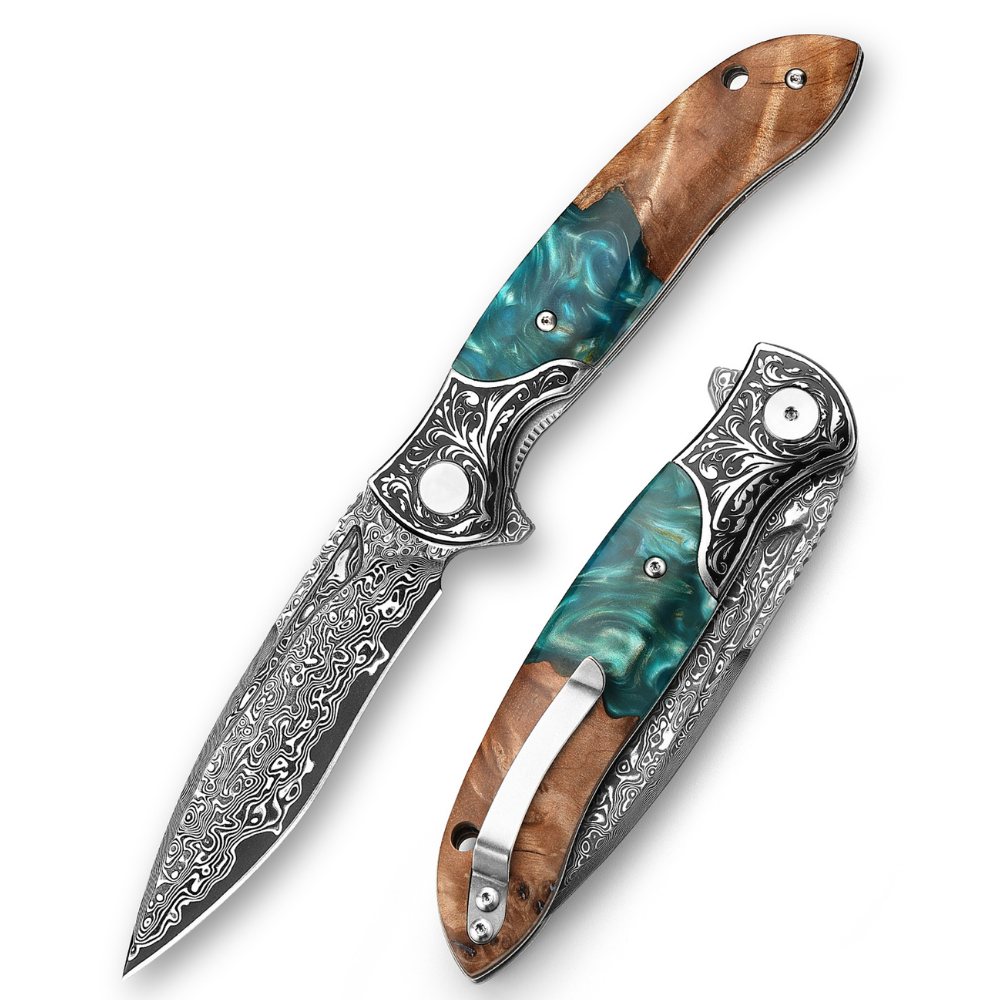
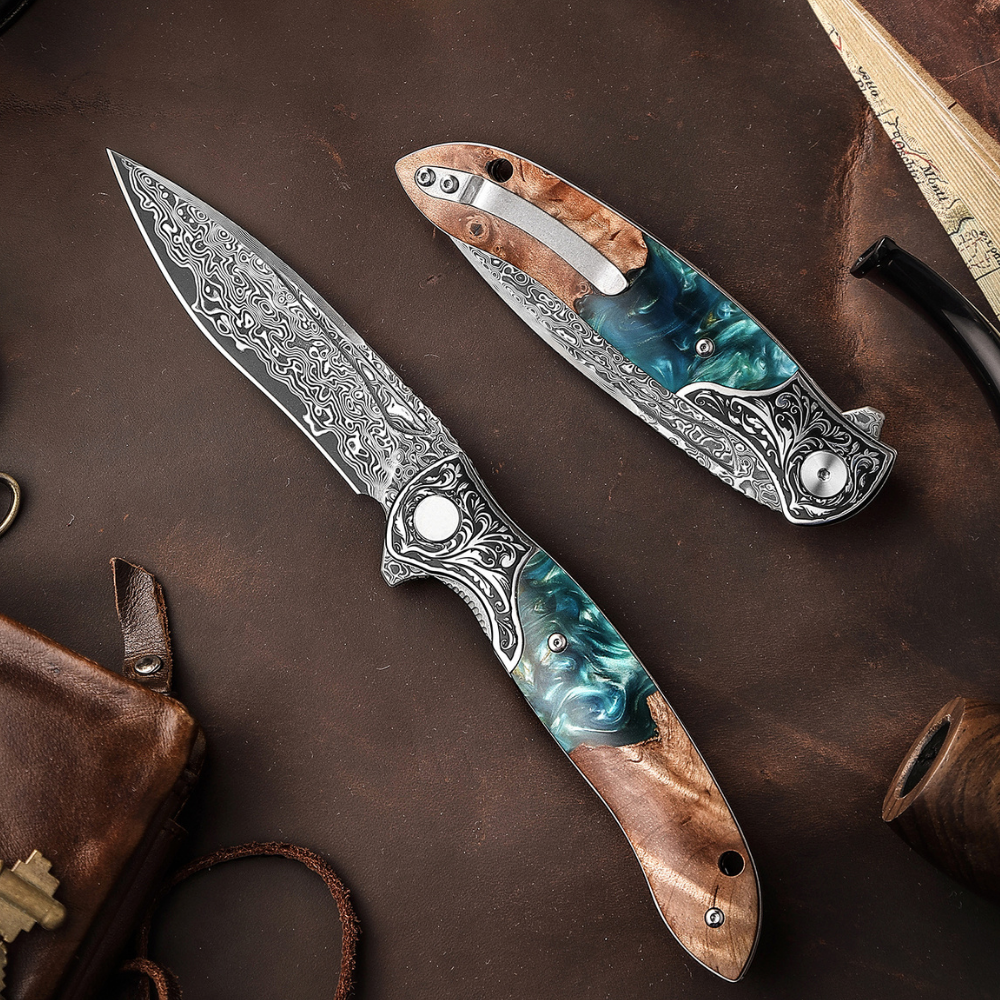
Leave a comment